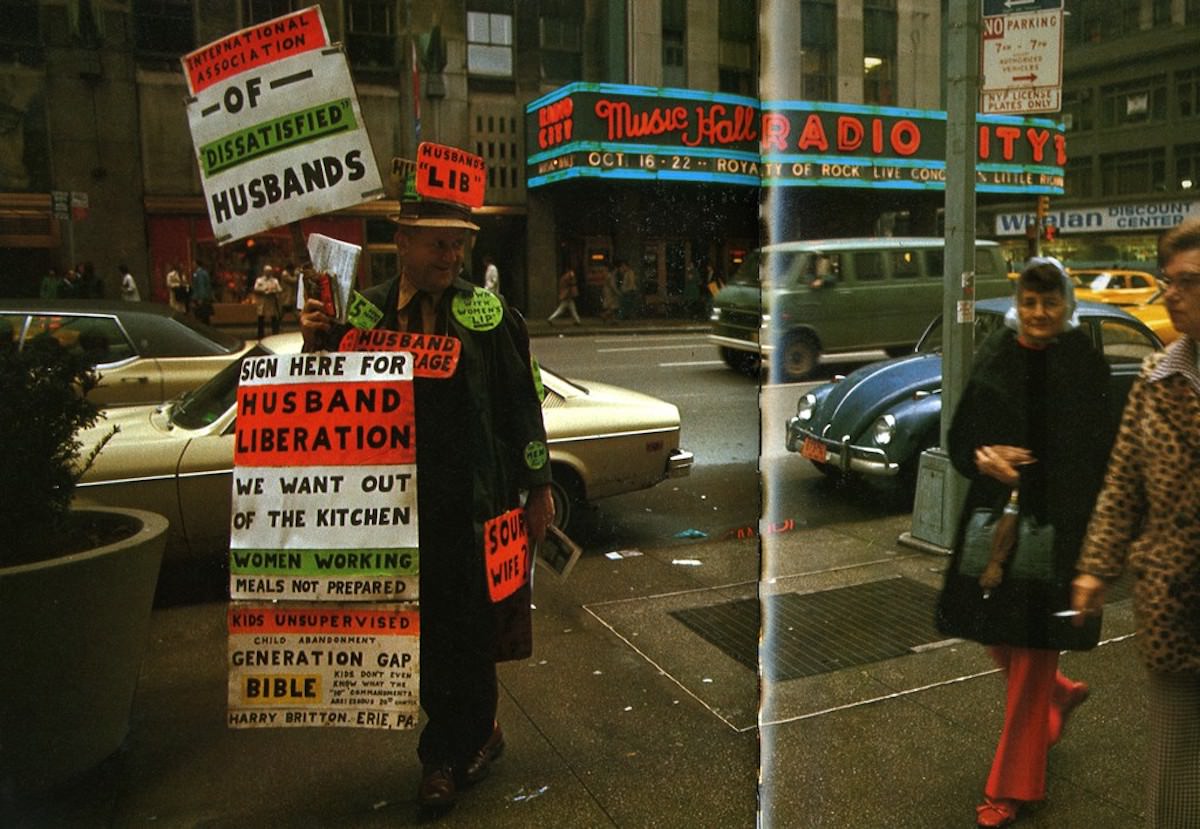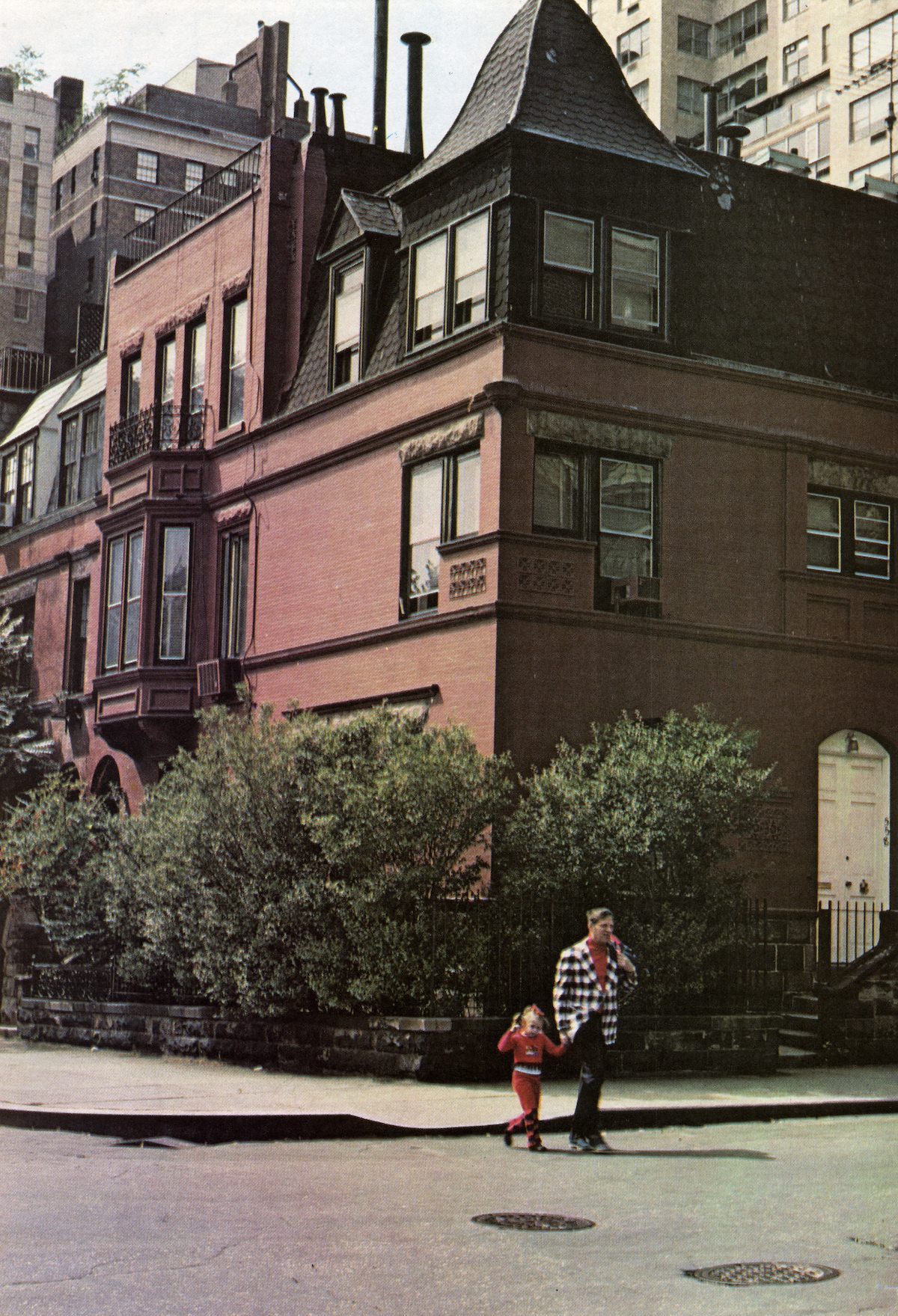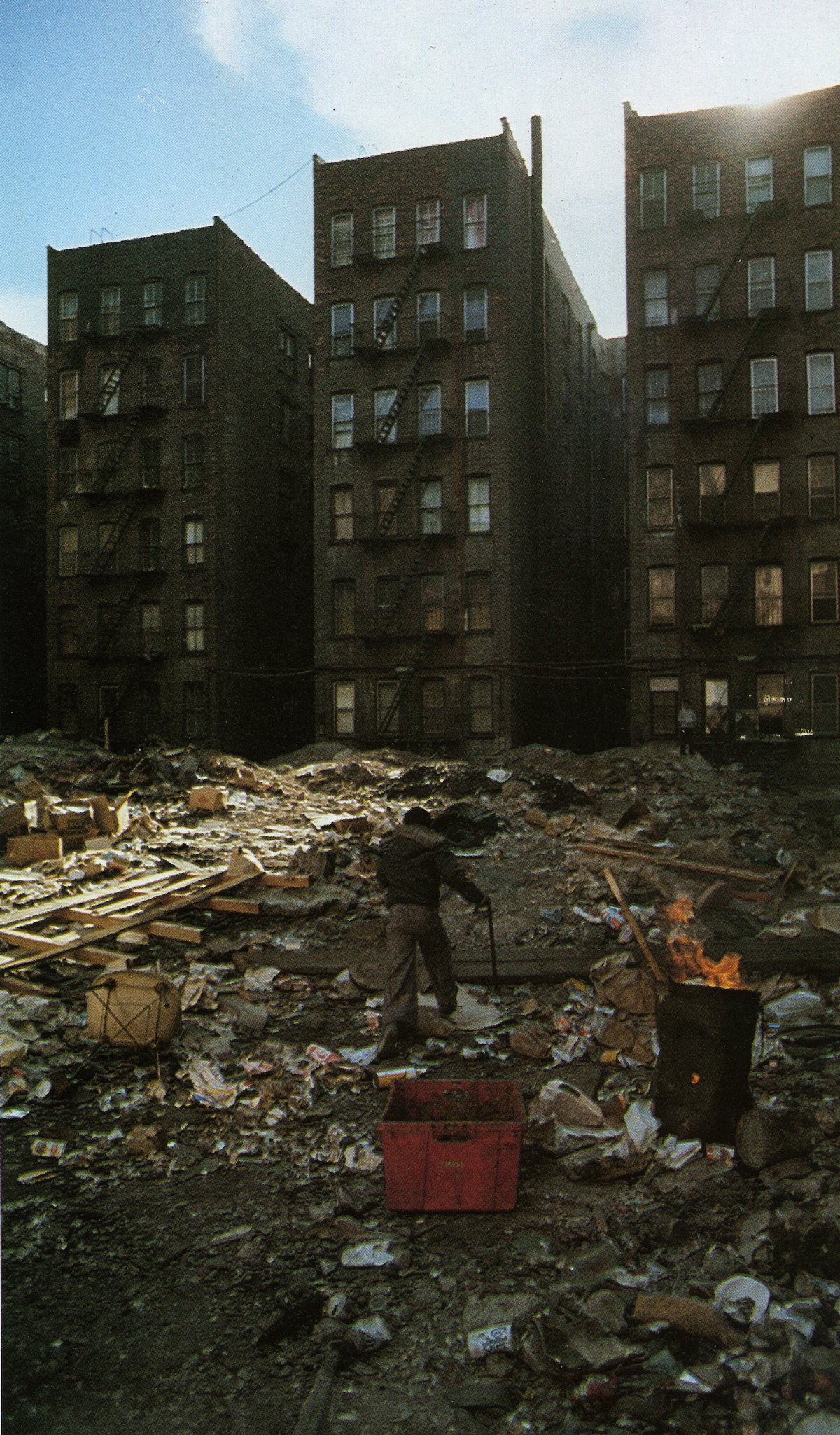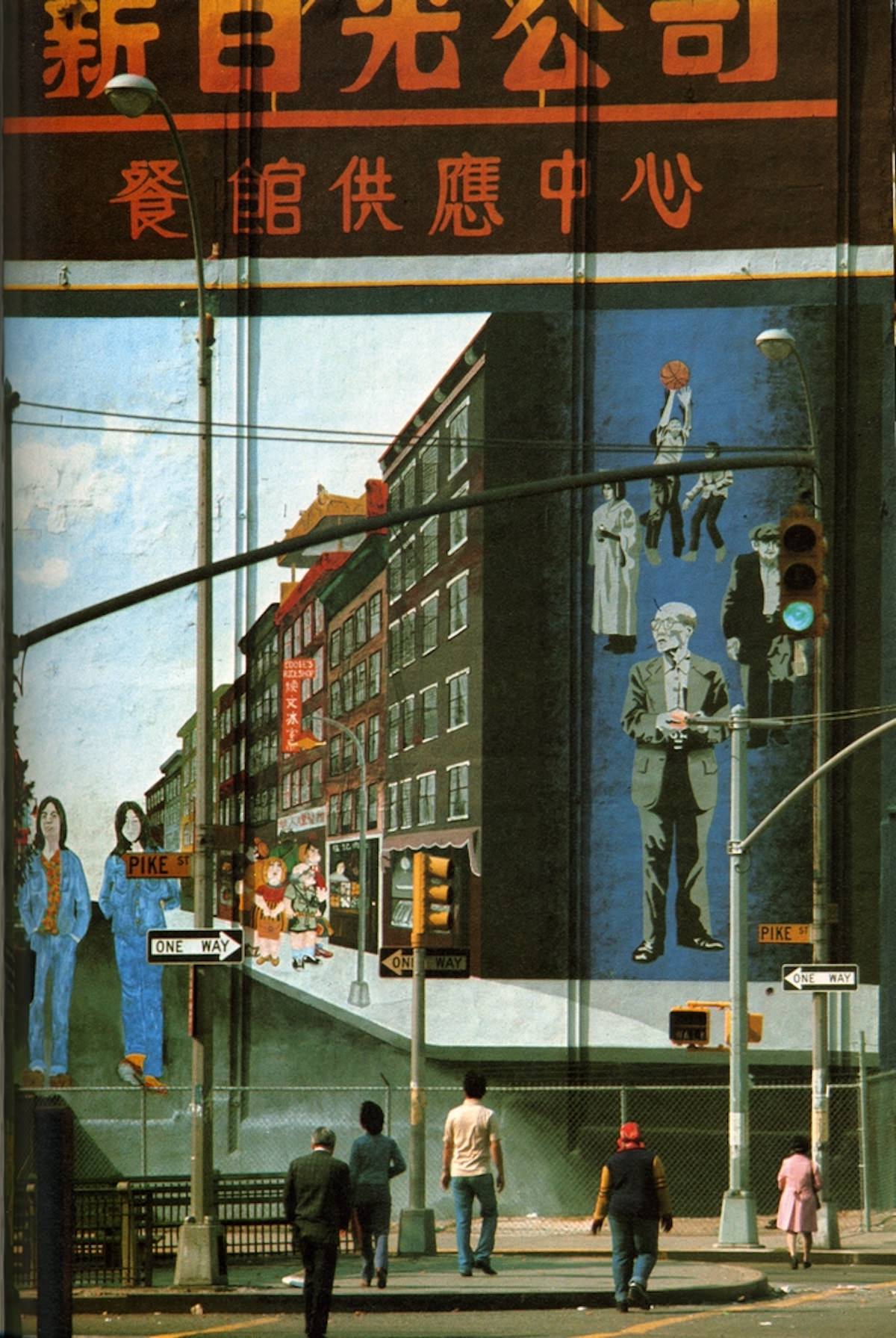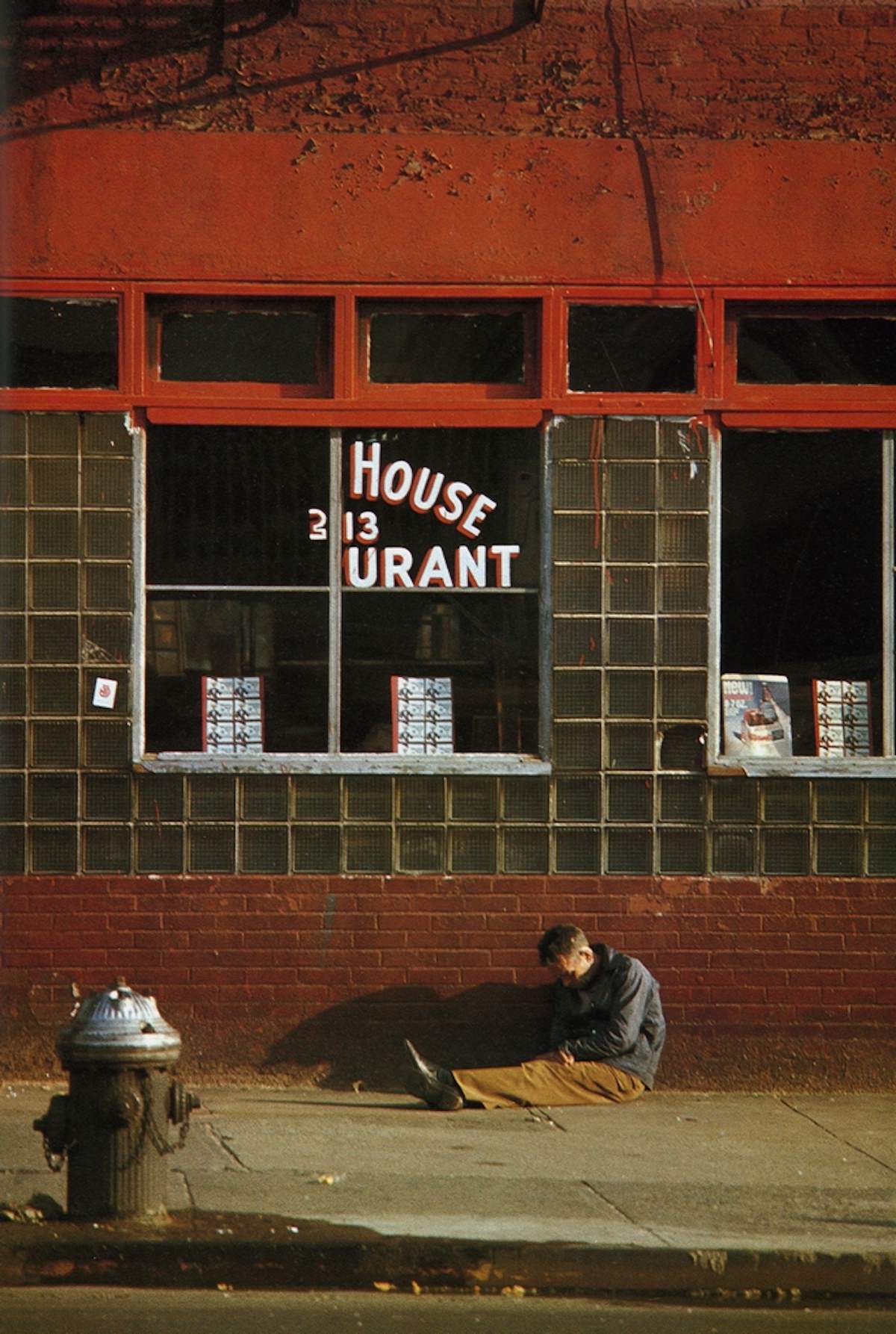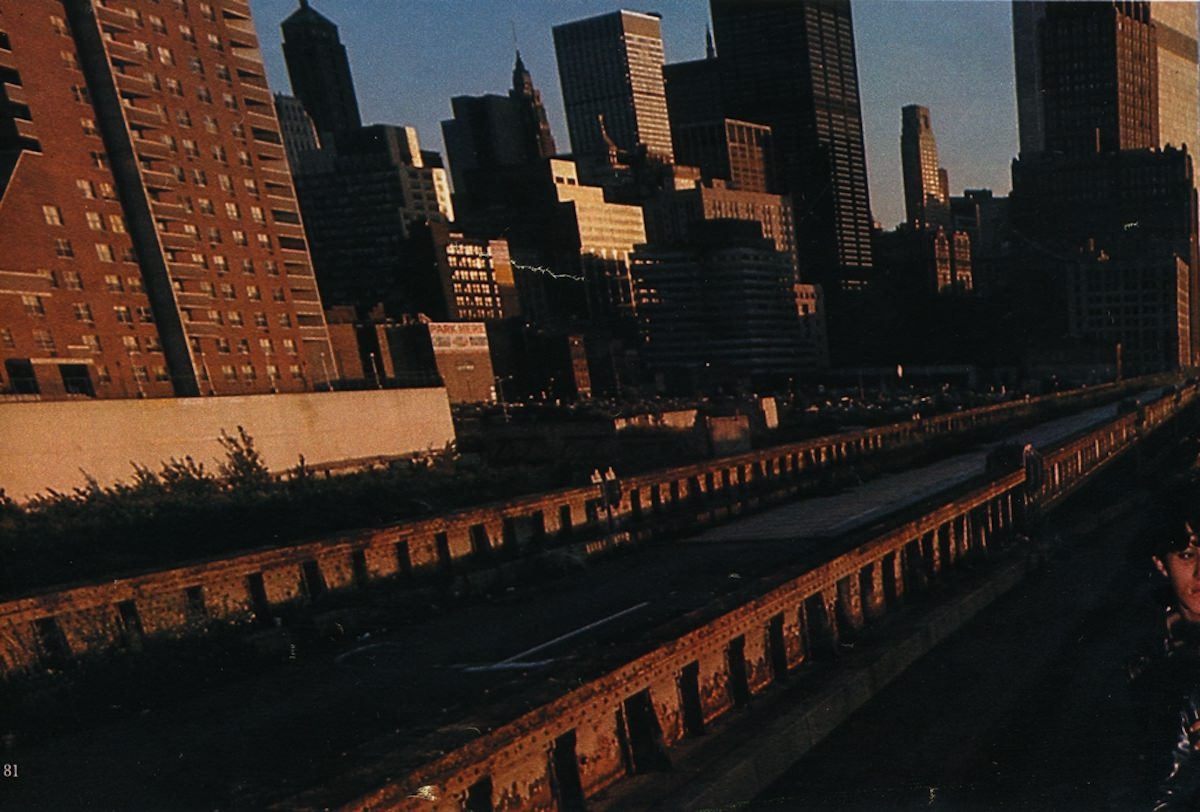New York City in the 1970s wasn’t the polished metropolis we see today. It was a city on edge, grappling with economic woes, social unrest, and a surge in crime.
One of the most striking features of 1970s NYC was the explosion of graffiti. Subway cars were covered in colorful murals, tags, and messages. Buildings, bridges, and even sidewalks became canvases for artistic expression, often reflecting the frustrations and hopes of the city’s youth. While authorities saw it as vandalism, for many, it was a powerful symbol of rebellion and a voice for the marginalized.
The streets pulsed with unique styles that mirrored the era’s social and cultural shifts. Platform shoes, bell-bottoms, and wide-collared shirts were popular, reflecting the lingering influence of the 1960s counterculture. Punk fashion also started to emerge, with ripped jeans, leather jackets, and brightly colored hair becoming symbols of nonconformity and rebellion against the mainstream.
Street vendors were a ubiquitous sight, offering everything from hot dogs and pretzels to handmade jewelry and leather goods. Their carts and stalls added to the vibrant tapestry of the city, creating a constant buzz of activity. The hustle and bustle of daily life played out on the sidewalks, with people from all walks of life brushing shoulders and creating a dynamic urban scene.
Music spilled out from shops, apartments, and boomboxes carried by passersby. Disco, funk, and soul were popular, providing the soundtrack to the city’s vibrant nightlife. The sounds of salsa and Latin jazz resonated through neighborhoods like Spanish Harlem and the Lower East Side, reflecting the city’s diverse cultural influences.
Despite the economic challenges, the 1970s saw the rise of Studio 54 and the disco scene, where celebrities and socialites partied the night away in glamorous settings. This contrasted sharply with the gritty realities of everyday life for many New Yorkers, highlighting the stark inequalities that existed within the city.




